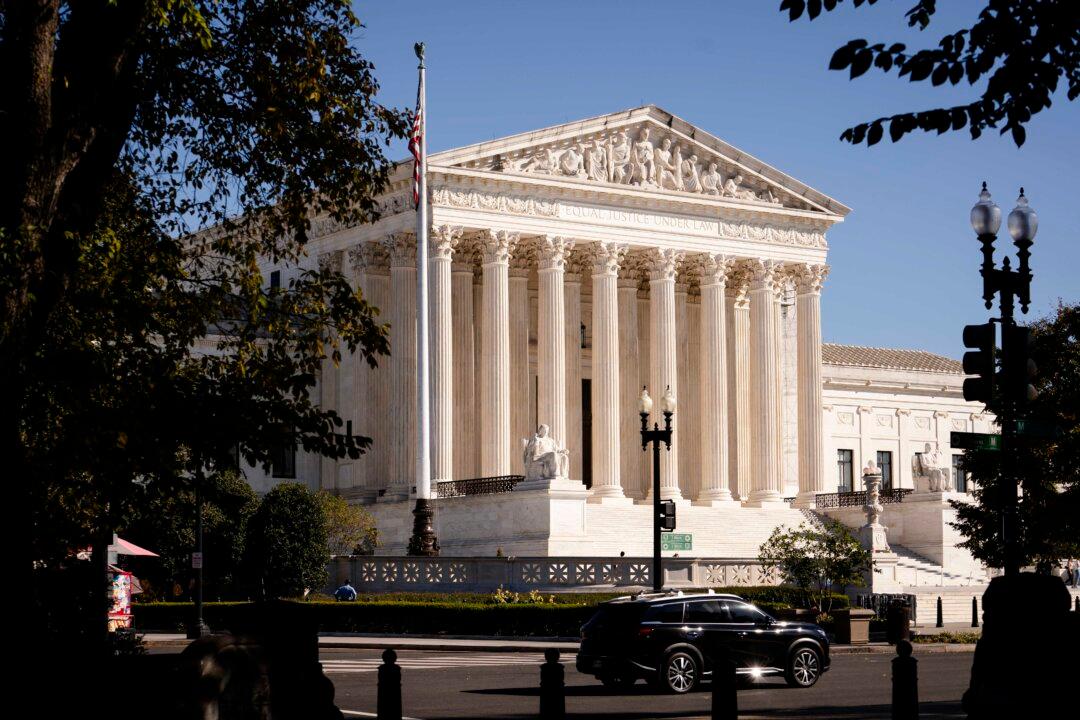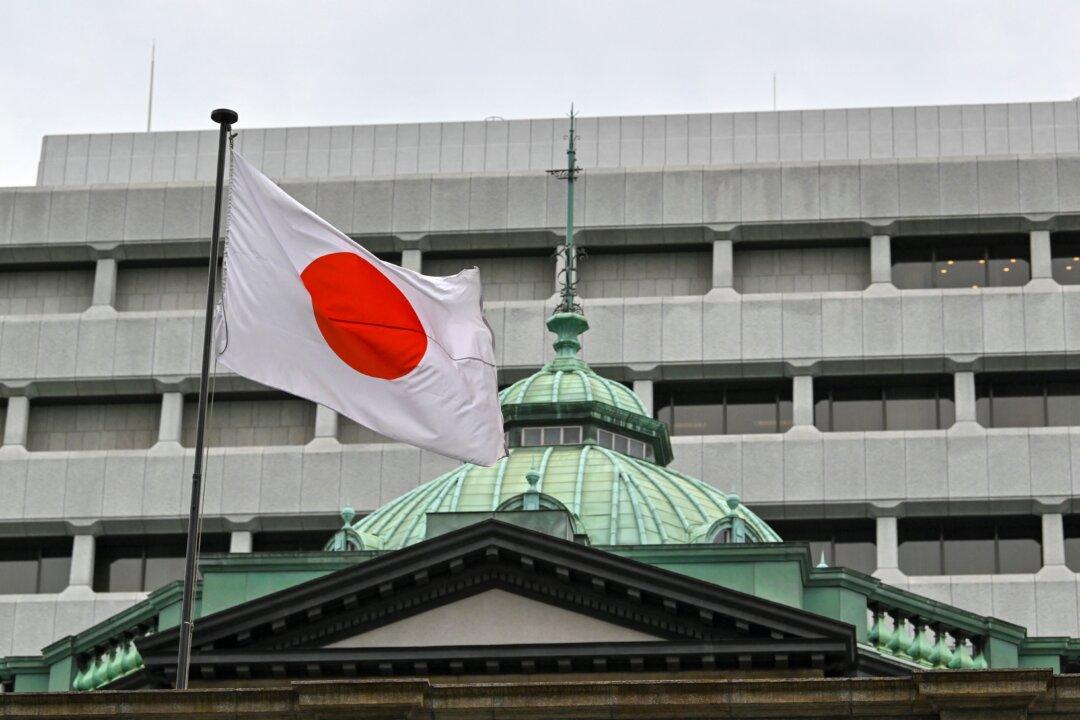The U.S. Supreme Court has agreed to review a key deadline affecting some noncitizens, specifically, illegal immigrants who seek protection from deportation to countries where they say they fear persecution or torture.
The decision could resolve conflicting interpretations among lower courts on how strictly the timing of deportation appeals should be enforced.





